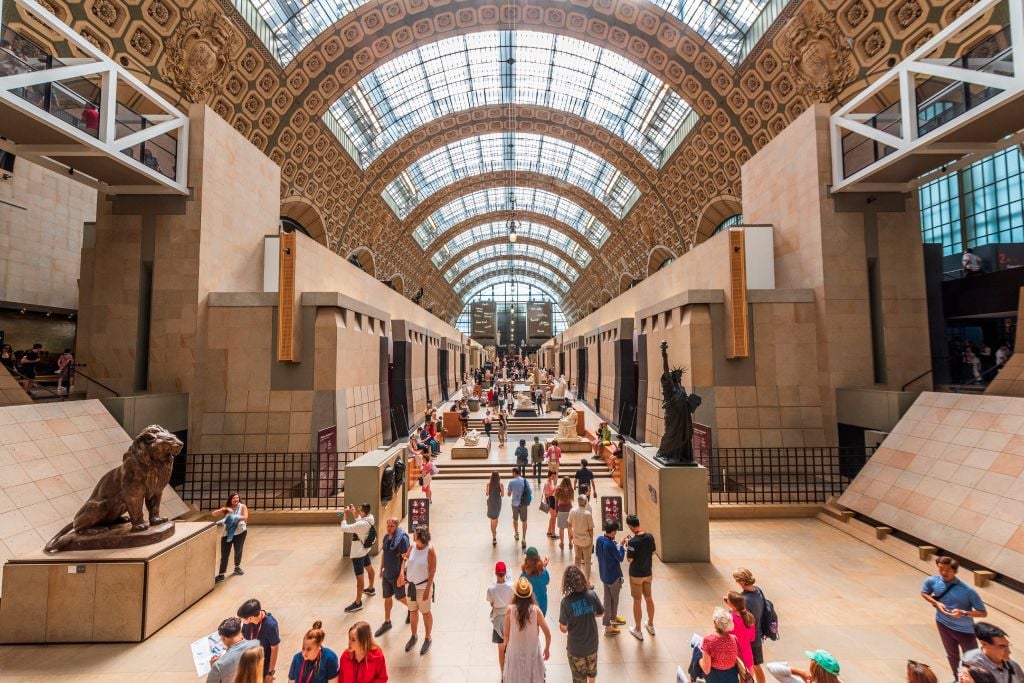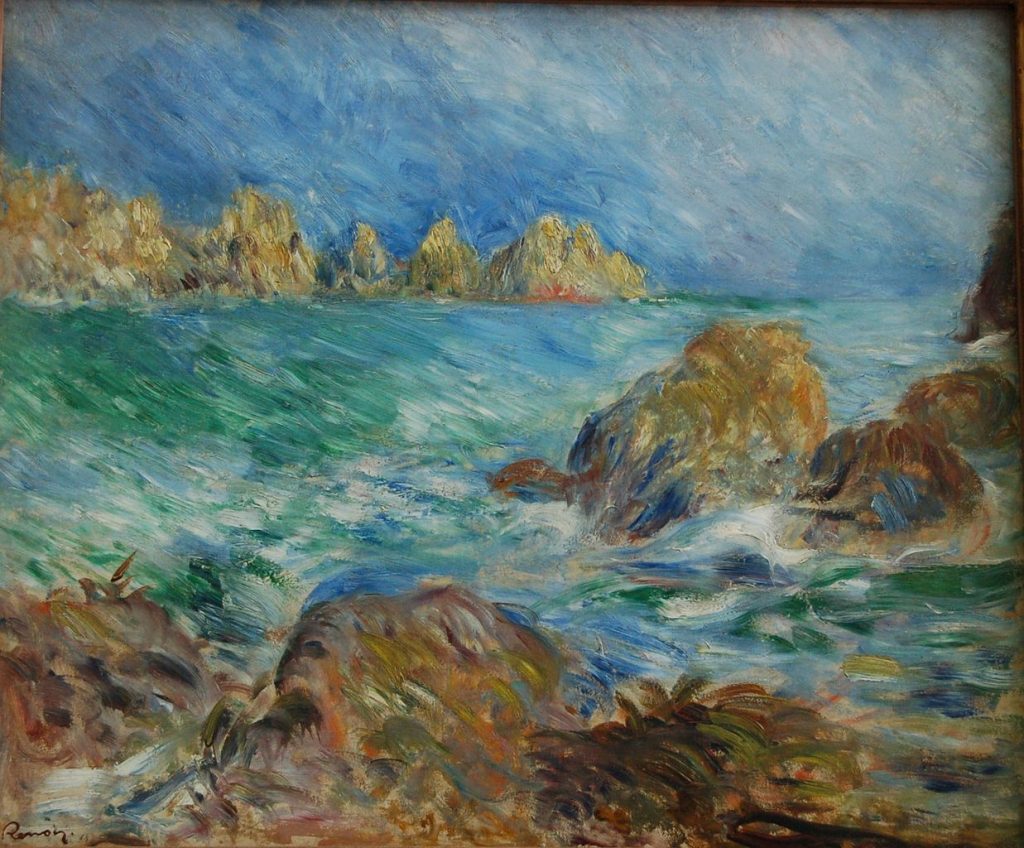Law & Politics
The Musée d’Orsay Has Been Ordered to Restitute Paintings by Cézanne, Renoir, and Gauguin That Were Stolen During World War II
The artworks are to be returned to the heirs of their one-time owner, Ambroise Vollard.

The artworks are to be returned to the heirs of their one-time owner, Ambroise Vollard.

Taylor Dafoe

Last week, a French court ordered Paris’s Musée d’Orsay to restitute four paintings that were stolen and sold to the Nazis after the abrupt death of their one-time owner, famed French art dealer Ambroise Vollard.
Ownership of artworks, which include two pieces by Pierre-Auguste Renoir—Marine Guernesey (1883) and Judgement of Paris (1908)—and one each by Paul Cézanne and Paul Gauguin—Undergrowth (1890-1892) and Still life with mandolin (1885), respectively—is expected to be transferred to Vollard’s heirs, according to a report from the Art Newspaper.
Vollard left behind some 6,000 artworks when he died in a bizarre car crash in 1939. The next year, as the Nazis invaded France, his brother, Lucien Vollard, allegedly aided two other French art experts—Étienne Bignou and Martin Fabiani—in the theft of numerous paintings from the dealer’s inheritance, which they had been hired to assess.
Bignou and Fabiani had close ties with the Nazis, and ended up selling some of the artworks to members of the party. Other pieces, meanwhile, were offered to German dealers and museums.

Pierre-Auguste Renoir, Marine Guernesey (1883).
Last week’s ruling effectively concludes a decade-long legal battle between the French government, which oversees the Musée D’Orsay, and Vollard’s descendants.
In 2013, the heirs filed to have seven artworks returned, including the four paintings listed above. The state declined the request, though, claiming that there was not sufficient proof that the pieces were stolen. Further complicating the heirs’ argument was the fact that Vollard was not Jewish, meaning that his possessions technically weren’t stolen under the racial laws implemented by occupying Nazi forces.
Eventually the case made its way through the French court system, and in May 2022, a judge ruled that the four artworks by Cézanne, Gauguin, and Renoir were the property of Vollard when he died and therefore should belong to his heirs. The ruling was then upheld in a French High Court last November.
The state does not plan to appeal the most recent ruling, the Art Newspaper reported. The outlet also noted that the paintings appear in a database of artworks recovered in Germany after World War II, with each accompanied by a note that reads “to be restituted.”
Vollard’s heirs are still pursuing the restitution of three other paintings, including two additional pieces by Renoir and one by Cézanne.
More Trending Stories:
Art Industry News: Princess Diana’s Turbulent Personal Letters Sell at Auction + Other Stories